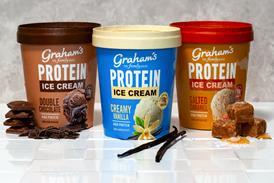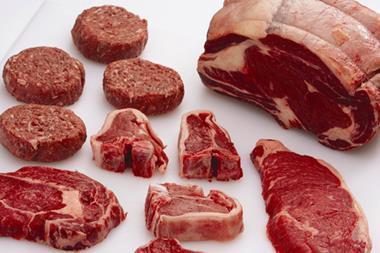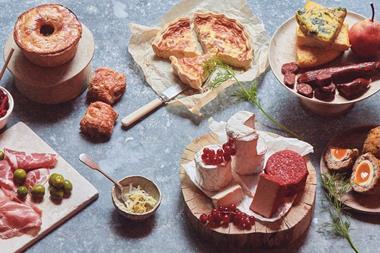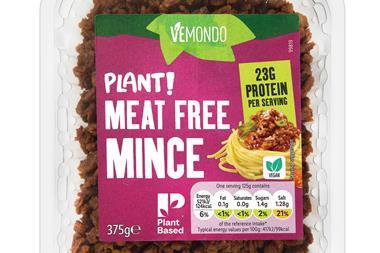The red meat industry is losing out on millions of pounds a year because retail prices are too low, new research suggests.
Analysis of price elasticity on meat products suggests shoppers would keep buying most cuts of lamb and beef even if it cost them more.
Eblex, which commissioned the research, has hailed the findings as evidence that farmers are being underpaid for their cattle.
Increasing some retail prices would add value to the supply chain, according to Eblex chief executive Richard Ali.
"Historical data shows that a 10% increase in the farmgate price for beef would only raise the retail price of mince by 5.9%. Consumption would fall by 1.7%, equivalent to a net increase in revenue of £18.4m," he said.
The same is true of most red meat cuts, he added. Raising the retail price of beef stewing steaks, steak, mince and burgers, and lamb cuts including
mince, stewing steaks, chops and shoulder joints, would all boost overall sales value.
"So there is room to pay farmers at least 10% more by increasing retail prices for a range of beef and lamb cuts without causing any dramatic drop in sales," Ali added.
On cuts where prices were more elastic - beef roasting joints, for example - Ali said innovation was required to boost demand.
The findings go hand-in-hand with fresh research showing consumers are paying more for English-branded beef and lamb.
TNS data for the year ending 4 December 2006 showed English lamb cost 8% more than it did in 2003, while beef cost 14% more. Product from other sources had not seen the same stable growth.
Ali claimed it was proof that the millions of pounds spent on Beefy and Lamby adverts to promote the Quality Standard Mark had been well spent.
"It shows our strategy is bang on track. Consumers are increasingly differentiating meat by provenance. Anyone that says 'beef is beef is beef' is still living in the 1950s," he said.



















No comments yet